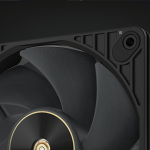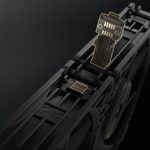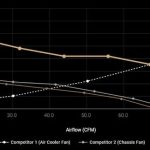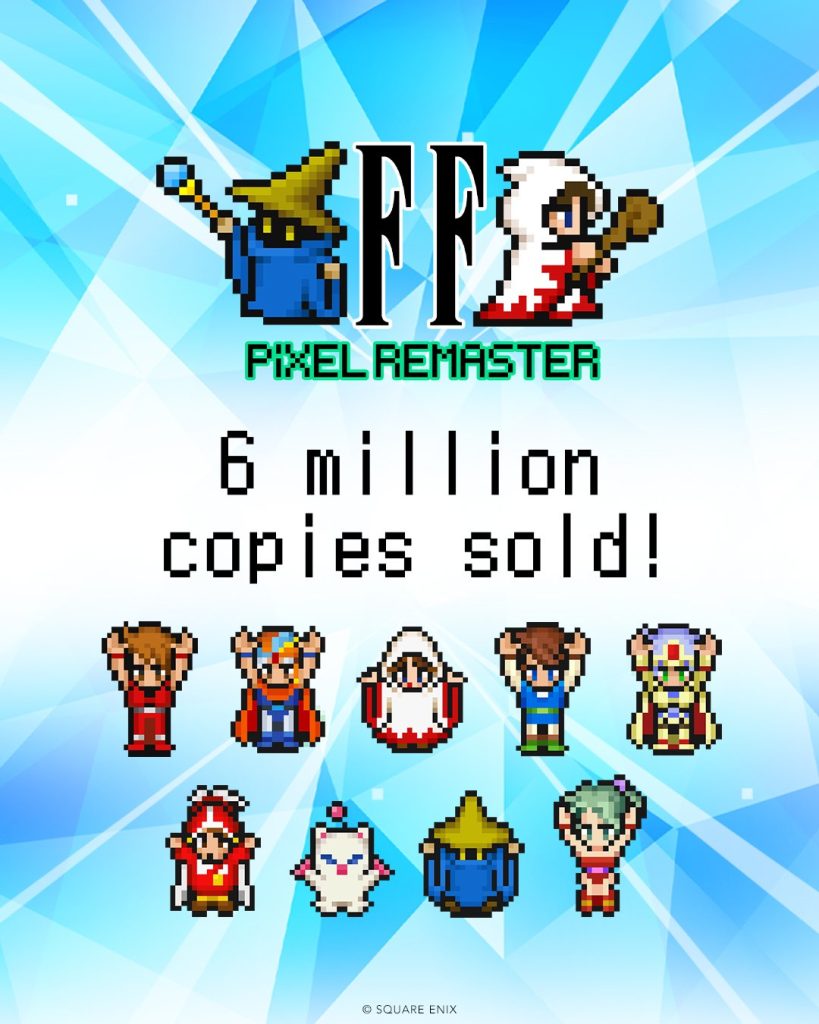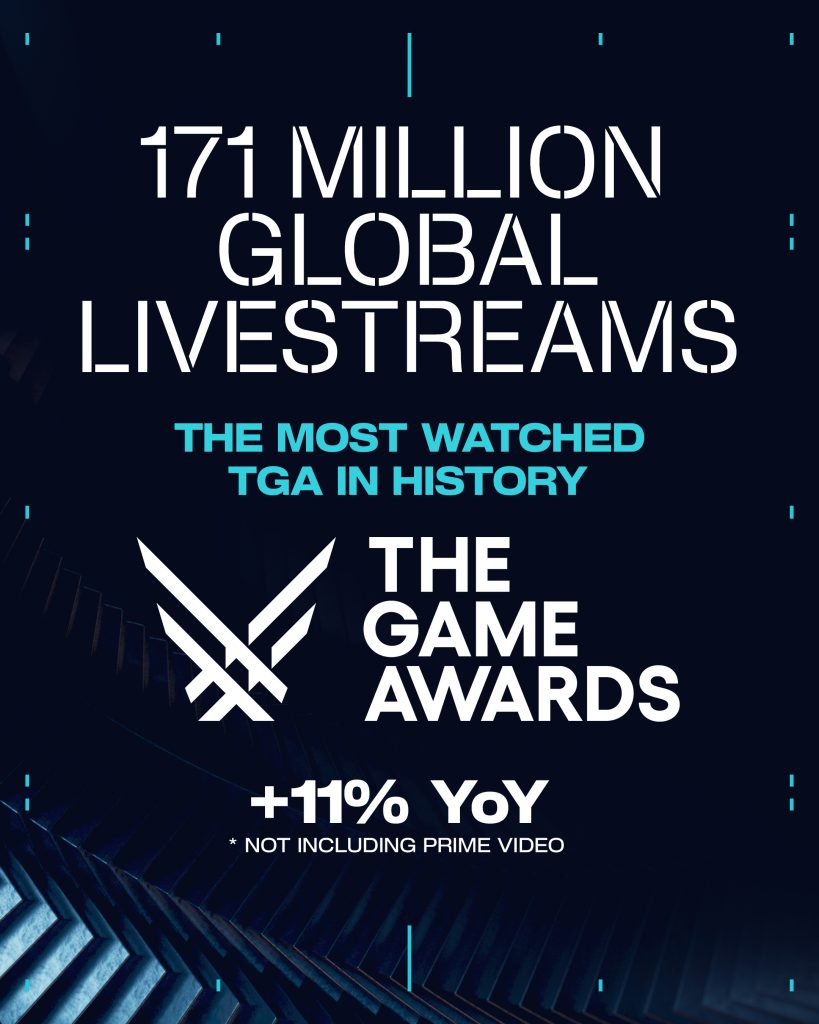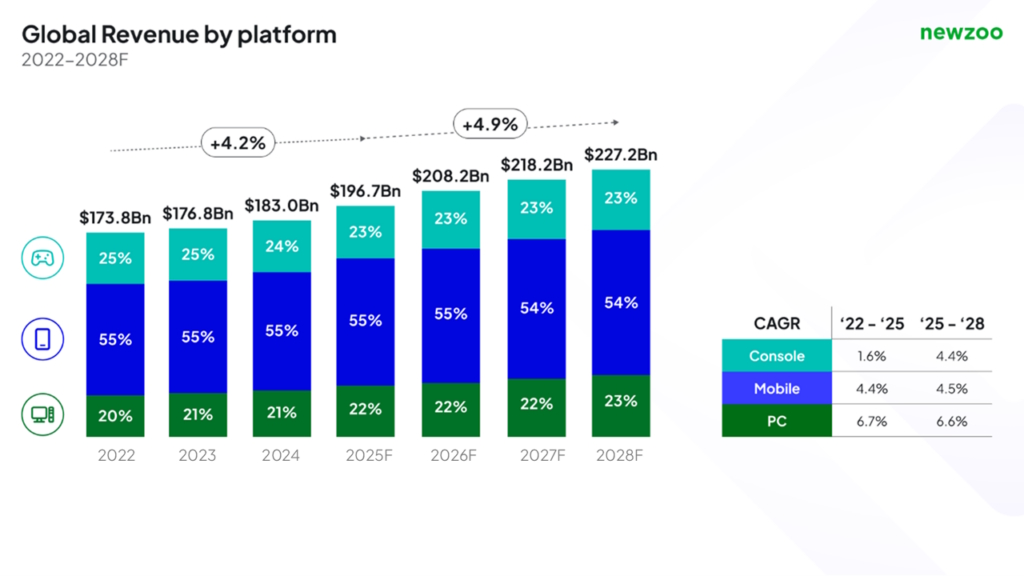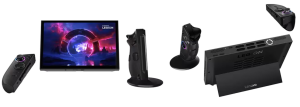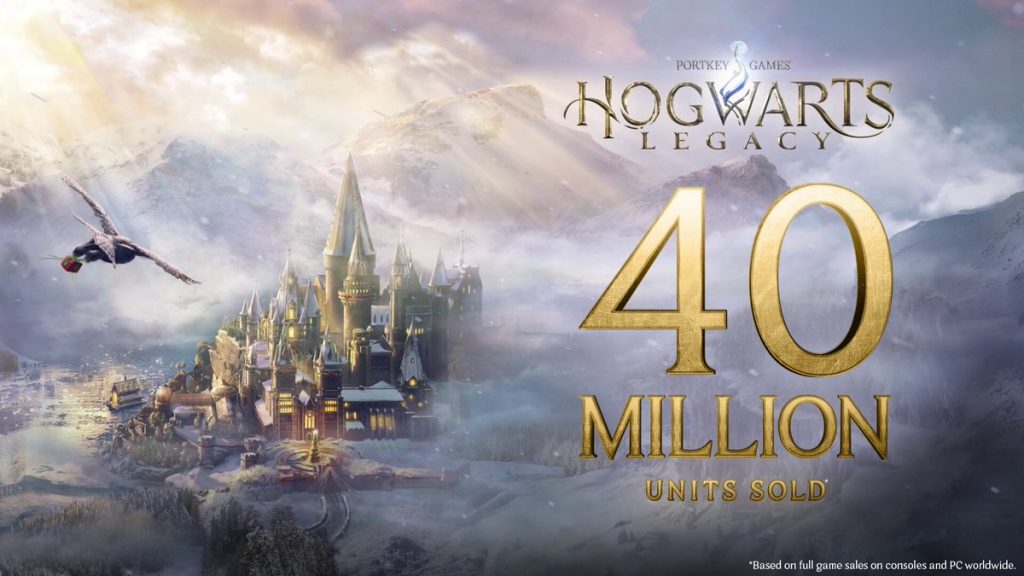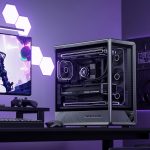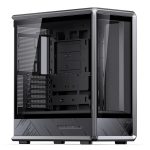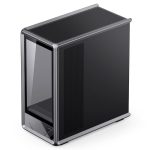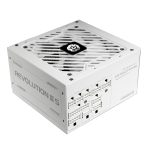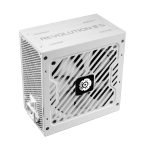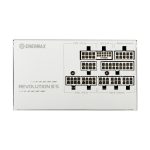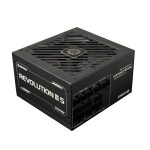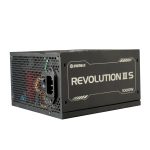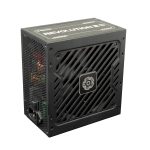GameMax introduces NEX C56 series with ‘inclined’ airflow design
GameMax has expanded its chassis portfolio today with the announcement of the Nex C56 and Nex C56 VC. Targeting the budget-conscious end of the dual-chamber market, these new mid-towers attempt to differentiate themselves from the sea of “fish tank” cases with an internal layout that angles the bottom intake fans.
Both chassis feature a “12° inclined airflow layout”, as described by GameMax. In practice, this means the fan mounts on the bottom and the sides of the motherboard tray are slightly angled towards the centre of the case, rather than sitting straight. The manufacturer claims this creates a more direct path for fresh air to reach hot components, specifically the graphics card, which is a common pain point in dual-chamber designs that often struggle with restrictive intake paths.
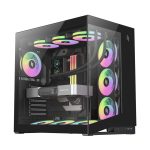
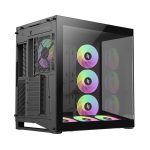



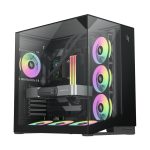

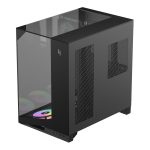
Two distinct variations are available at launch to cover different aesthetic preferences. The standard Nex C56 prioritises thermal performance, shipping with a fully mesh top panel to allow for heat exhaust and seven 120 mm ARGB PWM fans (space for up to 10x). This model is the more capable of the two in terms of raw cooling potential, supporting a “stack-effect” configuration. Alternatively, the Nex C56 VC (Vision Compact) goes all-in on the showroom aesthetic, replacing the mesh roof with a third tempered-glass panel and packing 4x 120 mm ARGB PWM fans (space for up to 7x). This creates a seamless “triple-glass” panoramic view, though builders will likely have to rely heavily on the side and bottom intakes to keep temperatures in check.
Despite being entry-level options, the specification sheet is surprisingly generous. Both cases support ATX motherboards and offer clearance for graphics cards up to 425 mm in length. Liquid cooling support is good, with space for dual 360 mm radiators, and the chassis includes a height-adjustable GPU anti-sag bracket, a feature often missing in this price bracket. Connectivity is handled via a front I/O panel featuring one USB-C 3.2 Gen 2 port and two USB-A 3.2 Gen 1 ports. Storage options support up to 2x 3.5-inch HDDs and 2x 2.5-inch SSDs, hidden in the rear chamber.
GameMax is positioning these cases firmly in the entry-level segment, undercutting many competitors. The standard NEX C56 starts at just $69.99 for the black model, while the glass-topped NEX C56 VC is even cheaper at $59.99. Both versions are available in white for a $5 premium.
KitGuru says: These cases certainly look the part and the price tag is decent too.
The post GameMax introduces NEX C56 series with ‘inclined’ airflow design first appeared on KitGuru.

